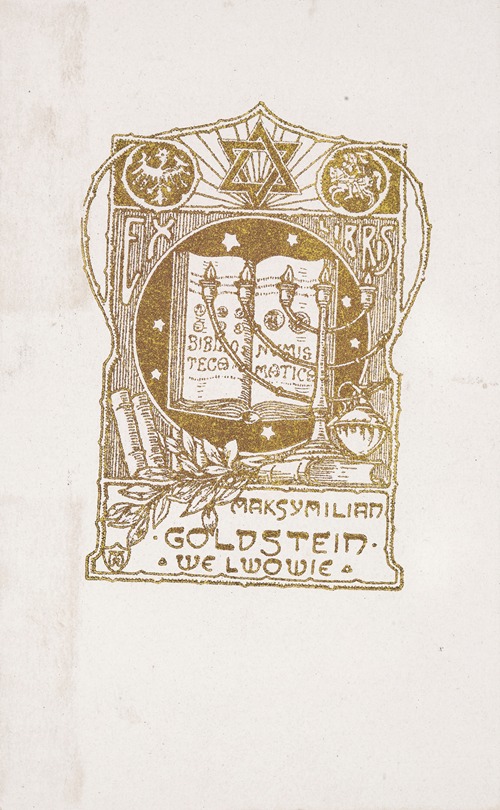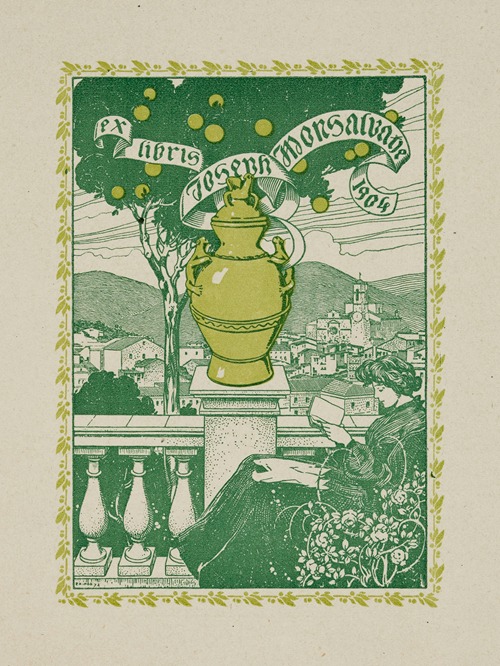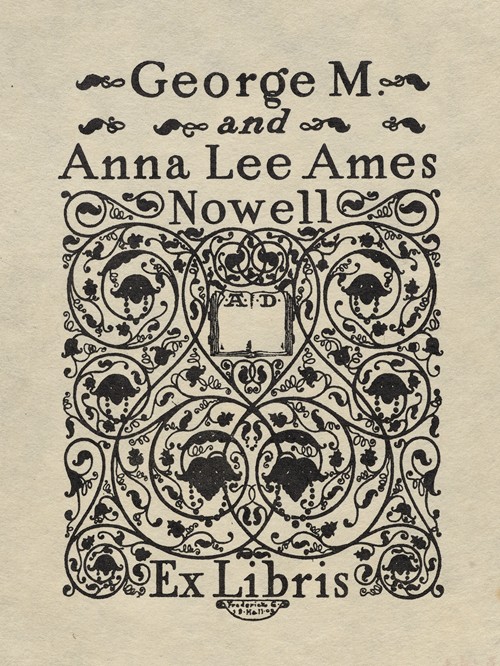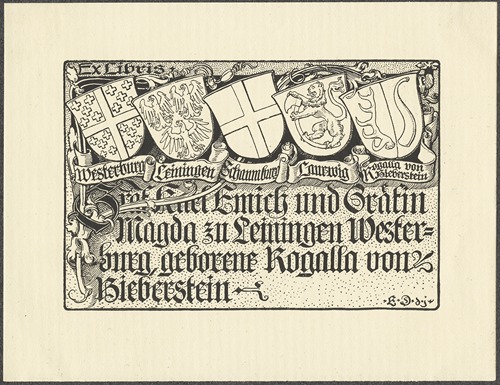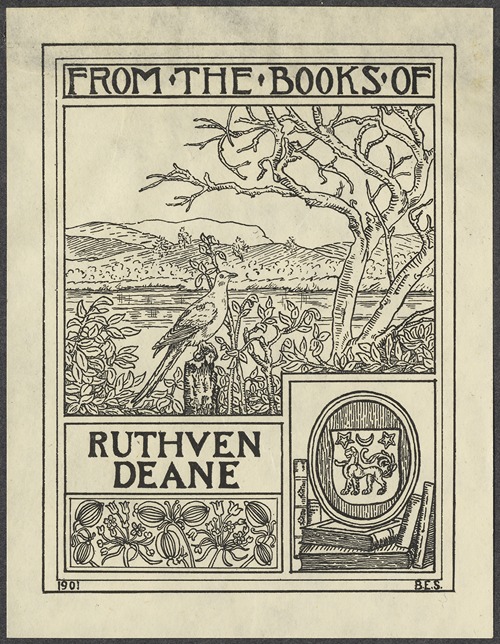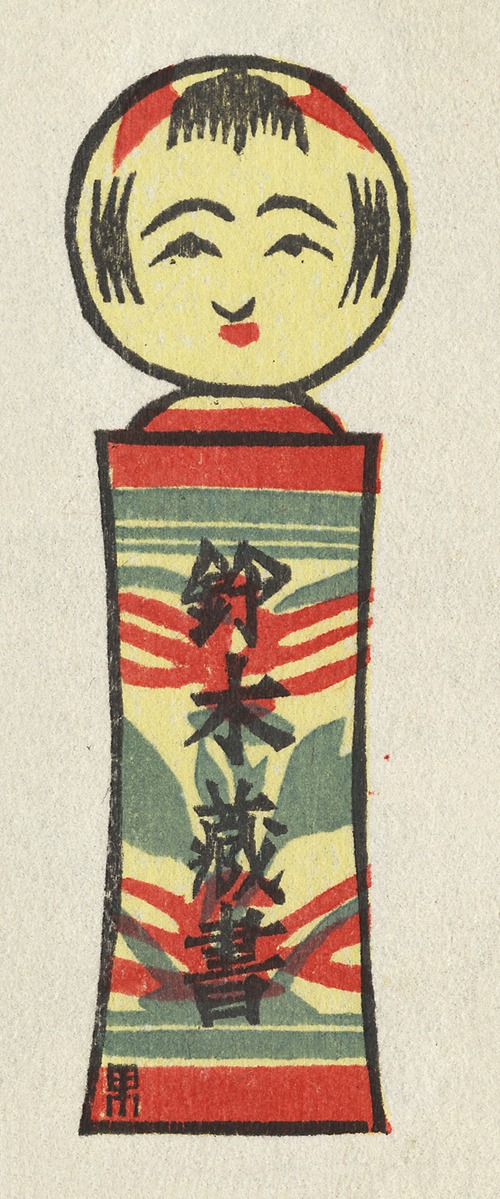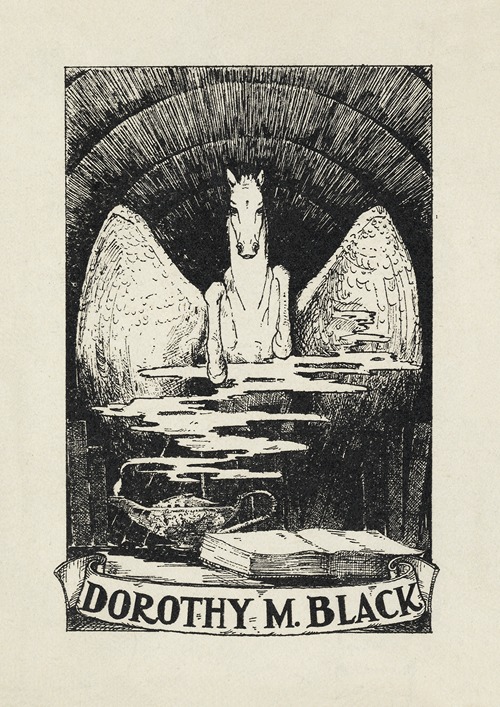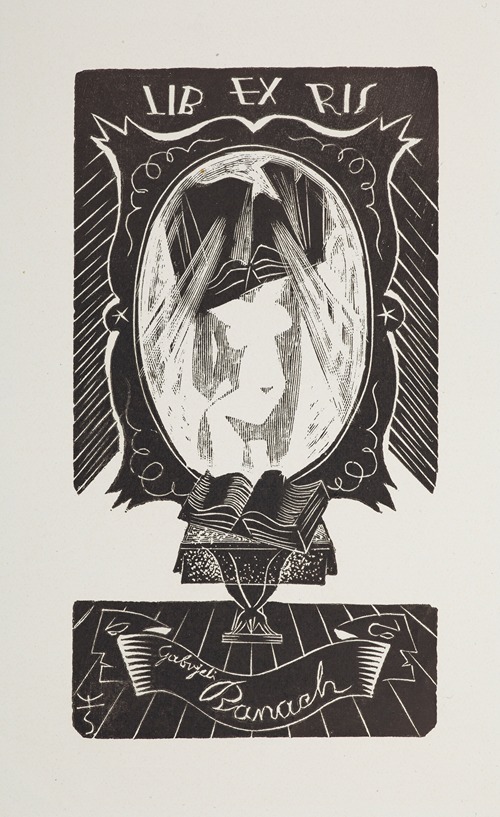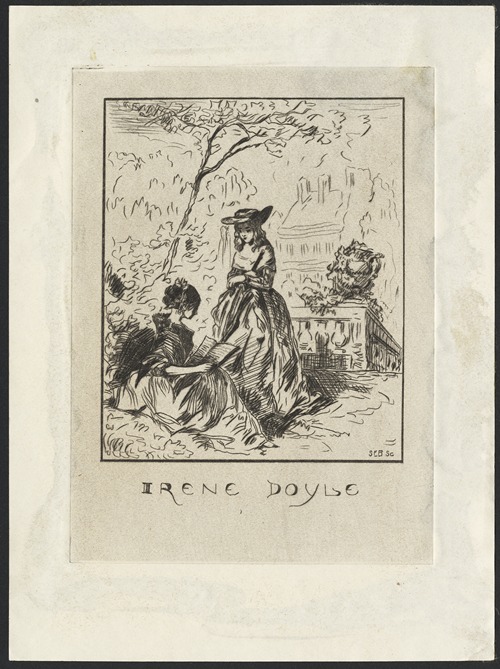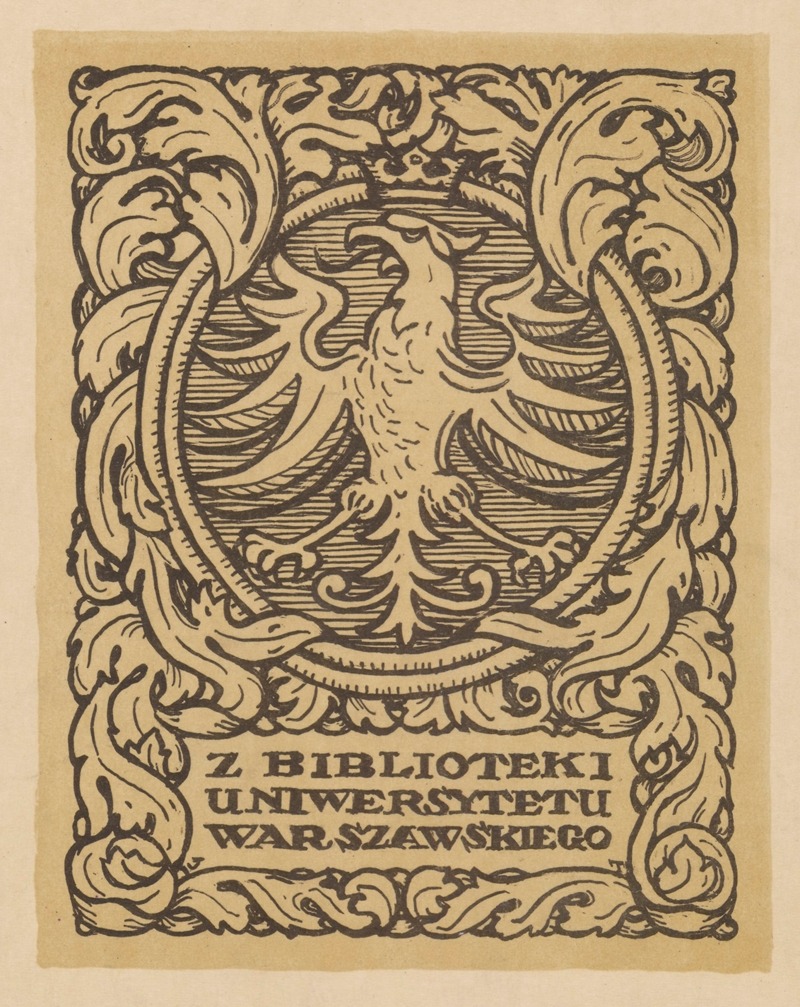

Józef Tom was a Polish graphic artist, painter, and academic teacher.
He graduated from high school in Warsaw. From 1907 to 1910, he studied under Edward Trojanowski at the School of Fine Arts in Warsaw. In 1910–1912 and 1914, he continued his studies in Munich and Berlin at the Kunstgewerbeschule, and in 1910–1913 he stayed in London. In 1917, he took part in the Competition for Postage Stamps of the Kingdom of Poland. It was organized by the Warsaw Artistic Society, which obtained the right to purchase selected works and use them to issue postage stamps immediately after Poland regained independence. Although he submitted several designs to the competition, none were selected for later issue.
In 1920, he volunteered for service in the Polish Army.
He was the author of the first banknote designs after Poland regained independence. He also created posters, bookplates, graphic designs for books and, less frequently, postage stamps. He was a member of the Union of Polish Visual Artists, the Association of Polish Graphic Artists “Ryt” and the Circle of Advertising Graphic Artists (KAGR) throughout its existence (1933–1939). He exhibited his works at the Zachęta Gallery and the Institute of Art Propaganda in Warsaw, as well as in the provinces and abroad. He was often a juror on committees evaluating works and awarding prizes at graphic art and painting exhibitions.
In 1950–1961, he was a lecturer at the Academy of Fine Arts in Warsaw. In 1956, he became a professor. A year later, he was honored with a benefit exhibition of prints and drawings, organized on the occasion of the 50th anniversary of his artistic work. At the same time, a poster and a catalog presenting his work and personality were published.
His most frequently used technique was lithography. He was interested in architectural motifs. He designed the coat of arms of Otwock. He was also the creator of the first Polish exhibition philatelic medal, which was minted for the winners of the All-Polish Philatelic Exhibition organized in Warsaw in 1928.
He died in Warsaw. He was buried at the Powązki Military Cemetery (plot IIB 30-2-10).

